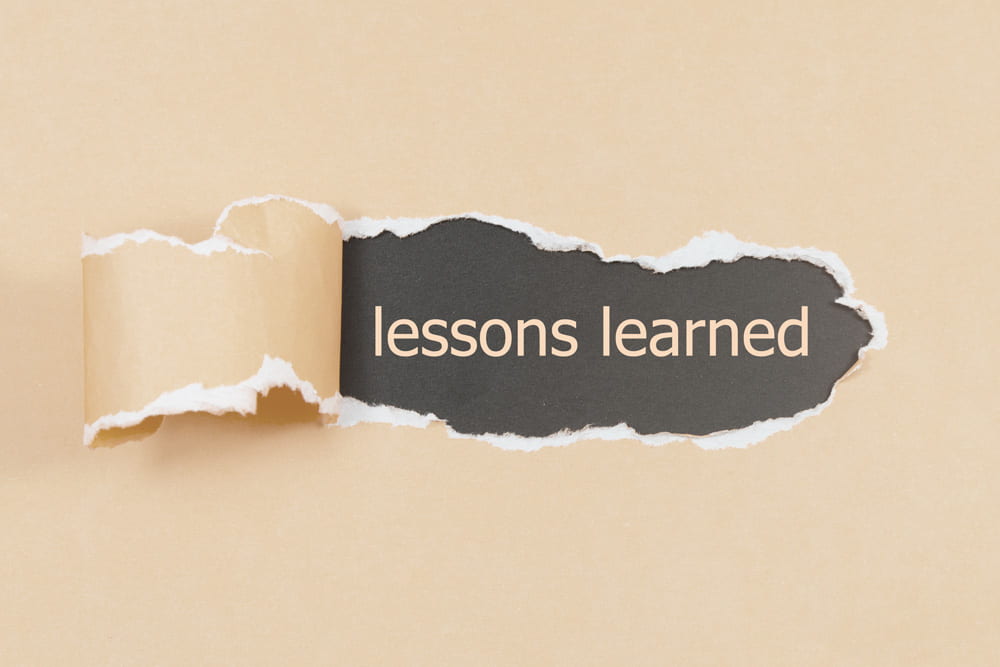Not a week goes by when I don’t hear someone discussing an interesting way to assess learners, especially using project and problem-based assessments, capstone activities and portfolios that display skills students have developed in a course or a program. Still, many other educators rely on more traditional methods, often because of time or the very compelling reason of tradition.
In the end, the question always seems to come back to how educators can gather direct evidence of learning in more creative and interesting ways and engage students, while still having some evidence-based validity behind them. And even more importantly for the average instructor, the question is how can better assessment avoid requiring hours and hours of grading? The truth is, no matter how carefully an instructor thinks through an assessment, certain strategies end up working better than others. Still the average instructor shouldn’t be concerned as long as student performance is assessed often enough to get a full picture of how much the student has progressed or learned throughout a course. Here is a list of ideas for formative assessments that are on the growing list I have started:
Journal or Blog: With so many platforms out there for building a blog or an online journal (WordPress, Weebly, and Wix), instructors may discover these can be great tools for giving students an opportunity to just write, write, write. With this type of assessment grading can be managed by having students send you links to what they consider their best efforts. Propose a list of topics, but allow students a choice from a list of things you want them to explore and have students exchange links, read each others efforts and make suggestions to each other.
Collage, Drawing or Poster: A collage, drawing or poster may sound like a good assignment for a design student or a younger student, but summing up your understanding on a single page with a single image and a small amount of copy can be challenging. Can your students express the essence of a concept or idea? Assign this activity for all types of subject matter and see that students reach the highest level of Blooms Taxonomy: creative thinking.
Video Essay: Every day we have another student who opts in when they have the choice of creating a video essay instead of a typed paper. There are few topics that don’t lend themselves to a video exploration, even if it’s a string of video interviews that discuss an idea, rough drawings photographed in a sequence or a short video that displays understanding of a single concept idea. With many more web-based tools for editing, hosting and designing, this assignment is more possible than ever, and helps students gain valuable digital literacy skills.
Photographic Sequence of a Concept: Now that the smartphone is near ubiquitous, students can snap photos of everything, including images that illustrate concepts, ideas, sequences and events. Look at your content and see where it might be possible for student to find photographs in the world that relate back to your content and then demonstrate an idea.
Twitter Feed Takeaway: Have your students sign up on Twitter and Tweet about a major takeaway concept for the week. How concise can a student be about a concept or topic using 140 characters. #yourcoursename
Imaginary Time Capsule: What will your history class or STEM class look like in a hundred years? What will be the major concepts and ideas then? Is your subject matter timeless, or will it be unrecognizable to students studying it in the future? How would a student create a time capsule for a current concept or idea? Even more than a time capsule exercise, it s a chance for deep reflection on the things they are learning.
Podcast Storytelling: They say the key to persuasion these days can be creating a good narrative or story for a subject, a person or an idea. Students can explore developing a narrative around an idea and learn more about it in the process, while simultaneously learning about using audio online. Have students listen to any one of the compelling podcasts available on NPR (This American Life, Radiolab, The TED Radio Hour) and then create one around a topic for a course. The technical steps are easier than ever.
Marketing Brochure for Concept: So, imagine a very dull concept (that even you think is dull) but is necessary for your students to know. Assign the creation of a marketing brochure for an idea, concept or procedure and have students figure out how it might actually be interesting.
Create a Crossword Puzzle using key words and vocabulary: Have your students create their own crossword puzzle using course vocabulary and then exchange their work with other students. Chances are the students won’t forget those words as quickly as cramming the night before the exam.
Create a Timeline of an Event: Today there are amazing tools for creating web-based timelines, and creating them is not only an exercise in putting together a history of a topic, but a good chance to develop digital literacy. Timeline JS is a great example.

